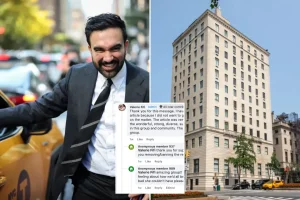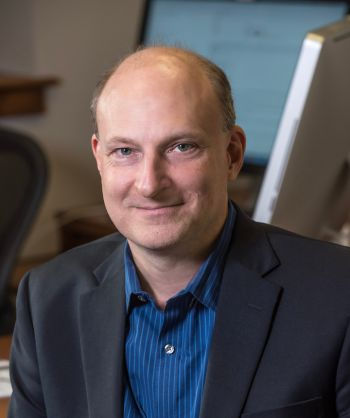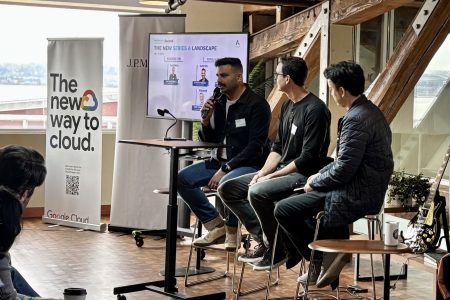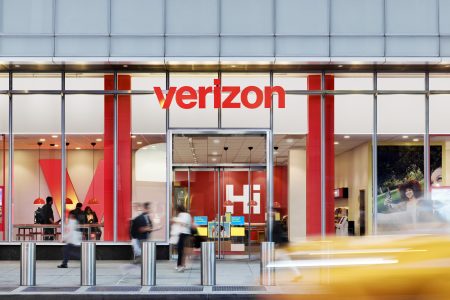Seattle’s Innovative Approach to AI: Balancing Progress with Public Trust
Seattle is positioning itself as a pioneer in responsible artificial intelligence implementation, with Mayor Bruce Harrell recently unveiling a comprehensive AI plan to guide the city’s technology usage while nurturing its burgeoning AI industry. The initiative reflects Seattle’s unique position as a major AI hub, ranking second only to San Francisco in AI talent concentration. “We have some of the most remarkable AI assets in the country and world right here in Seattle,” noted Rob Lloyd, Seattle’s chief technology officer, who believes the city could thrive economically if it navigates the AI revolution strategically. This forward-thinking approach builds on Seattle’s earlier achievements in AI governance, including what it claims was the nation’s first generative AI policy established in fall 2023, which mandated human oversight of AI outputs and required attribution of AI-assisted work to specific technologies.
The plan addresses several critical dimensions of AI adoption in municipal operations, including employee training, skills development, and a framework for evaluating AI tools in city services. Seattle officials are deliberately seeking balance—embracing AI’s potential benefits while maintaining public trust and ethical standards. The city has already established clear boundaries, prohibiting AI use in hiring processes and facial recognition applications due to bias and performance concerns. This cautious approach comes at a crucial time, as a recent Cascade PBS investigation revealed that many Washington cities operate with minimal AI safeguards, raising legitimate privacy and trust issues. Lloyd emphasized that while AI offers promising solutions for challenges in homelessness, housing, and public safety, “trust is our first measure” in determining appropriate applications.
Seattle has identified 40 priority projects where AI could enhance government performance and public services, with 15 pilot partnerships already underway. These collaborations span various sectors and needs: startup CivCheck is helping streamline building permits; C3.ai, Microsoft, and the Department of Transportation are analyzing roadway near-misses to reduce accidents; Gooey.ai and Rockefeller Center are testing chatbots to improve multilingual customer service; and a partnership with the University of Washington, Microsoft, and Cloudforce is leveraging academic expertise to address city priorities. Early results appear promising, with the CivCheck partnership “going quite well,” according to Leah Tivoli, Seattle’s director of Innovation and Performance. The technology scans thousands of permit applications to identify common errors requiring resubmission, with the ambitious goal of cutting permitting times in half.
Importantly, Seattle’s AI strategy explicitly avoids replacing human workers with technology—a notable contrast to some corporate approaches that have used AI efficiencies to justify workforce reductions. “We want to be responsive to where our employees are being overwhelmed, where the community has a lot of demand, and that is ground that we can cover, where AI can help us, but that isn’t displacive,” Lloyd explained. This human-centered philosophy reflects a recognition that technology should augment rather than replace the human element in public service. Seattle’s approach is becoming a model for other Washington municipalities, with Bellevue partnering with Govstream.ai to accelerate permitting processes and seven local governments utilizing Aurelian’s voice technology to help 911 call centers manage non-emergency calls more efficiently.
The city is also fostering innovation through a series of community hackathons, beginning with an event at Pier 70’s AI House—a startup hub partially funded by the city. The inaugural Youth Connector Hackathon focused on improving student access to Seattle’s 15 youth support programs, with future events planned to address city permitting (October 9) and customer service reimagining (early November). Tivoli expressed genuine curiosity about the outcomes, noting she’s “really curious to see what solutions are cringy, what solutions are exciting, and really get their perspectives.” These collaborative sessions bring together diverse participants—entrepreneurs, engineers, students, and city staff—to develop creative solutions to pressing urban challenges, demonstrating Seattle’s commitment to inclusive problem-solving.
Seattle’s comprehensive approach to AI integration goes beyond internal policy to include active participation in the broader AI ecosystem. City leaders are deliberately cultivating relationships with organizations like AI House, AI2 Incubator, investors, and technology companies as part of their strategy to support Seattle’s AI sector. Lloyd emphasized that this type of economic development “doesn’t just happen organically,” but requires intentional partnership and purposeful collaboration. By simultaneously establishing responsible AI guidelines for government use while nurturing the city’s AI industry, Seattle is attempting to create a virtuous cycle where public and private innovation reinforce each other. This balanced approach—maintaining ethical standards while embracing technological progress—could position Seattle as a model for how cities nationwide might navigate the AI revolution in ways that benefit all residents while preserving fundamental democratic values and public trust.













